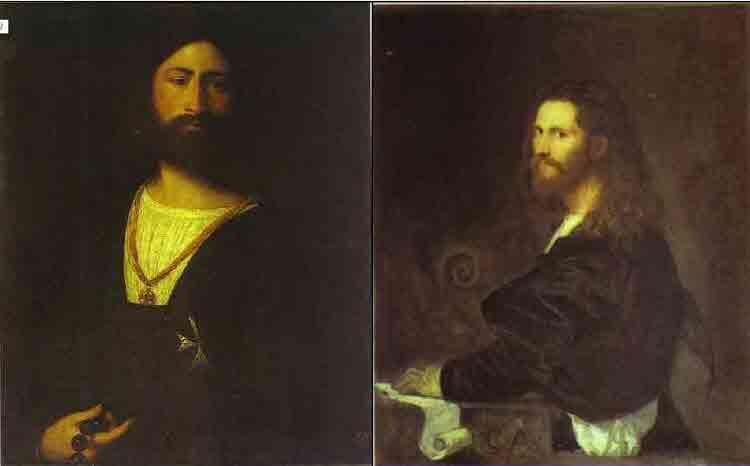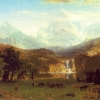
-----Register
-----Readed_count
-----Update_order
한국 명화감상
세계 명화감상
그리스.로마신화
Mobile Menu, Mobile W-paintings, Cyber World Tour,
한국역사부도,
세계역사부도,
역사년표
NEW
RENEWAL


1885-1888 Pastel on panel 11 7/8 x 16 in.The Annenberg CollectionDegas, Edgar
From Colin Bailey, "Masterpieces of Impressionism and Post-Impressionism: The Annenberg Collection":
"RACE HORSES AND JOCKEYS, even more than dancers, occupied Degas throughout his long career as an artist. Paul-Andre Lemoisne catalogued some ninety-one works in this category, spanning the period from 1860 to 1900--a number that did not include Degas's equestrian waxes and bronzes--and they embrace a range of sizes and mediums. As with the Paris Opera, the spectacle of the turf gave Degas the base material from which to forge images of modern life in an alloy that fused references to the art of the past with details observed from life and scrupulously documented. But more than any other of his subjects, this was a genre that fed upon itself and spawned countless variations and adjustments. From a repertory established very early, Degas proceeded to select individual jockeys and rearrange them, to repeat poses and refine them, until this hermetic world lost all connection with the reality of the race track...
"This diminutive composition of Race Horses, which falls toward the end of the first phase in this development, is immediately distinguished by its unusual support. It is pastel, and not oil, on panel: the wood here, possibly light mahogany, is the kind that might be used for cigar boxes. Although pastel on panel is not a unique combination, it is extremely rare in Degas's oeuvre, and testifies to his continuing pleasure in experimenting with techniques and supports.
"Using the amber, grainy surface of the wood to suggest a mackerel sky, as well as the hills in the background, Degas applied the pastel lightly, at times tentatively. He varied the degree of pressure on his crayon: at its most insistent, it achieves the bright sheen of the jockeys' silks, but it is much more active in describing the closely hatched, wispy grass that occupies most of the foreground. Here, the point of the pastel moved rapidly, in vertical zigzags that occasionally scratched the wood. Some scratch marks are visible on the underbelly of the central horse; however, in painting the riders and horses, Degas's penmanship changed again. He allowed the surface of the wood to stand as the dominant color of the horses, building up their forms with strokes of orange red, gray, black and white, with traces of green spilling over from the surrounding grass.
"There is also a lovely variety in the postures of the horses: the three jockeys in the foreground make up a closely linked unit, bound together not only in the interlocking of hooves, but also by the movement of the jockey in lime green, who turns around to catch the eye of his two companions. The serenity of this group contrasts with the rearing horse in the background, whose bridle is taut as his rider pulls him in--the single element of disorder in this otherwise quiet scene. The distant church tower with its attendant cluster of buildings and the pathways cutting across the hills, traced in white, create a sort of no-man's land, midway between the race track of Longchamp and the empty, barren hills of the late works."
한국 Korea Tour in Subkorea.com Road, Islands, Mountains, Tour Place, Beach, Festival, University, Golf Course, Stadium, History Place, Natural Monument, Paintings, Pottery, K-jokes, 중국 China Tour in Subkorea.com History, Idioms, UNESCO Heritage, Tour Place, Baduk, Golf Course, Stadium, University, J-Cartoons, 일본 Japan Tour in Subkorea.com Tour Place, Baduk, Golf Course, Stadium, University, History, Idioms, UNESCO Heritage, E-jokes, 인도 India Tour in Subkorea.com
 History,
UNESCO Heritage, Tour Place,
Golf Course,
Stadium,
University, Paintings,
History,
UNESCO Heritage, Tour Place,
Golf Course,
Stadium,
University, Paintings,
|
|
조회 수 | 추천 수 | |
|---|---|---|---|
 |
공지
World Museums Report & Map
|
33692 | |
 |
공지 재미있는 미술스토리와 경매이야기, 그리고 작품감상 [1] | 24323 | |
|
|||













































